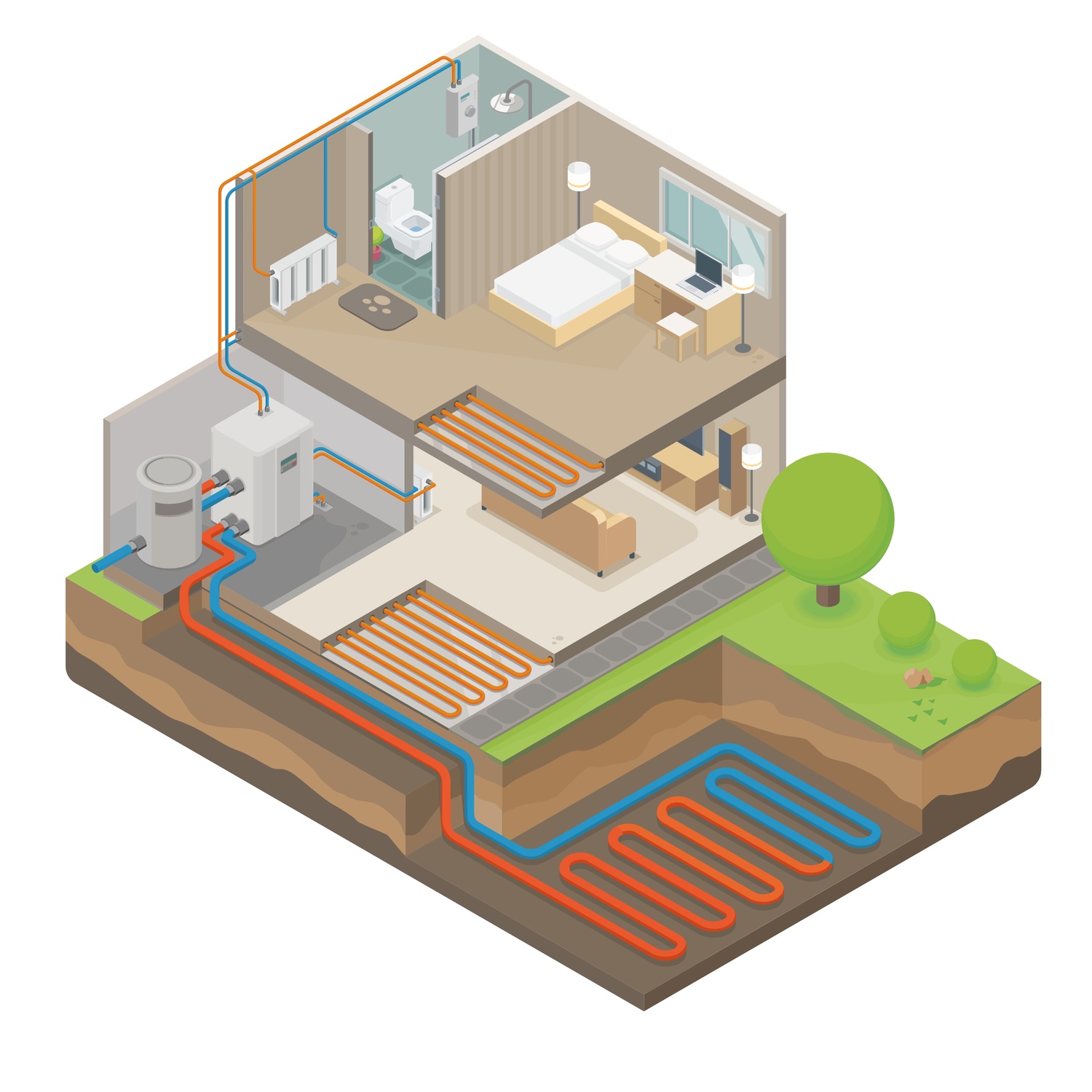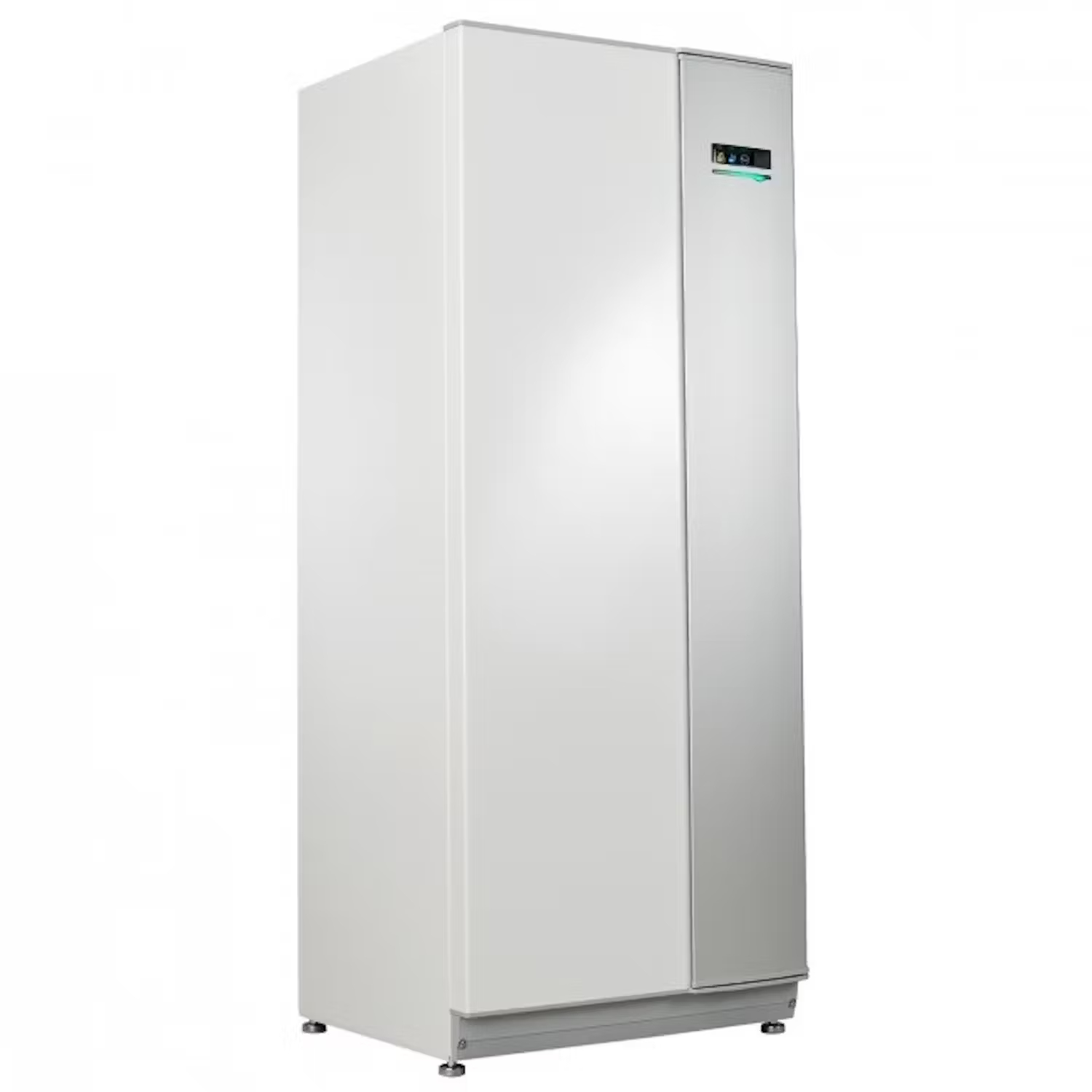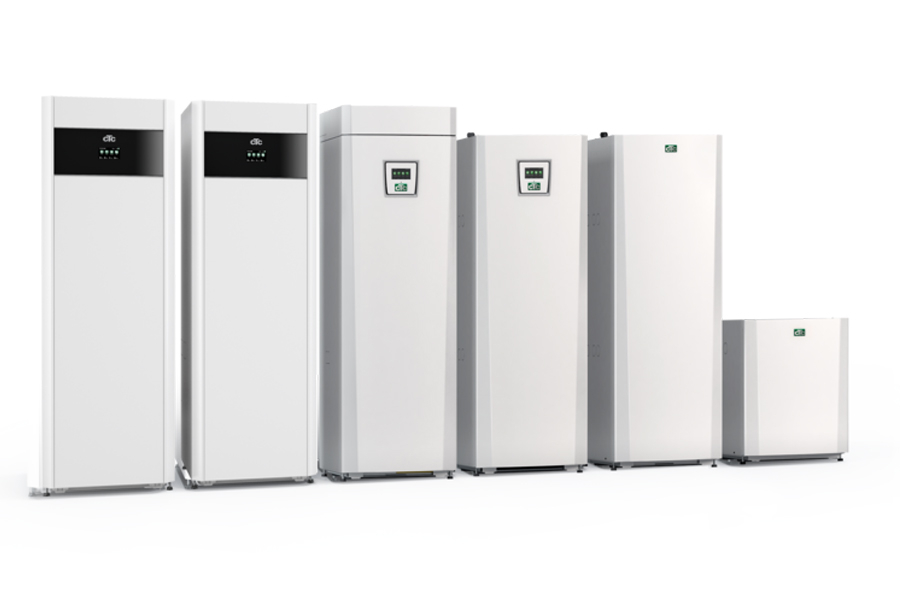How to soundproof a geothermal heat pump – Effective methods for a quieter environment
Soundproofing a ground source heat pump is an important measure for reducing unwanted noise and improving the sound environment in your home. Ground source heat pumps are both energy-efficient and sustainable, but they can generate noise that can be perceived as disturbing, especially if they are located close to living areas or neighbors. By using the right soundproofing materials and techniques, you can effectively reduce the noise level and create a quieter and more comfortable environment both indoors and outdoors.
Why soundproof a geothermal heat pump?
Noise from a geothermal heat pump can affect both the living environment and the surrounding area, especially if it is located near bedrooms, living rooms, or outdoor areas. By soundproofing the pump, you can:
Reduce indoor noise
Create a more relaxing environment.
Reduce outdoor noise
Prevent noise from disturbing neighbors and the surrounding area.
Increase comfort in the home
A quieter indoor environment improves quality of life.
Improve energy efficiency
Many sound-insulating materials also act as thermal insulation.
Since geothermal heat pumps often run around the clock, effective sound insulation is crucial for creating a quieter living environment.
How does a geothermal heat pump generate noise?
For sound insulation to be effective, you need to understand where the sound comes from. A geothermal heat pump generates two main types of sound:
Airborne noise
Spreads through the air from fans, compressors, and pipes.
Structure-borne noise
Occurs through vibrations that travel through floors, walls, and pipe systems.
Depending on the installation environment and the location of the pump, the sound can be perceived in different ways, which affects the measures that need to be taken.
Effective methods for soundproofing a geothermal heat pump
Reducing the noise level from a ground source heat pump requires a combination of sound-absorbing materials, vibration-damping measures, and careful placement.
- Reduce airborne noise.
- Dampen structure-borne noise and vibrations.
- Positioning of the ground source heat pump.
Combine several measures for best results
To achieve optimal sound insulation, you should combine several different methods:
Sound-absorbing materials
Reduces the sound level by absorbing sound waves.
Vibration damping
Prevents sound from propagating through the building.
Pipe insulation
Stops sound spreading through pipes and cables.
Strategic placement
Reduces the risk of disturbing noise.
By using several techniques simultaneously, you can create an effective and sustainable sound solution.
How much noise can you reduce?
By using the right sound insulation, you can reduce the noise level from a geothermal heat pump by up to 10–15 decibels. This can make a significant difference to the perceived noise level, especially if the pump was previously considered disruptive.
3 dB reduction
The sound is perceived as barely noticeably weaker.
10 dB reduction
The sound is perceived as half as loud.
15 dB reduction
The sound is significantly more discreet and disturbance-free.
The more effectively you insulate, the better the result for both the living environment and the surroundings.
Summary – How to soundproof a geothermal heat pump
Soundproofing a ground source heat pump requires strategic planning and the right materials. The most important measures include:
- Install sound-absorbing panels around the pump.
- Use vibration-damping mounts to reduce structure-borne noise.
- Position the pump strategically to minimize noise disturbance.
- Seal and insulate pipes to stop sound spreading through the structure of the house.
Build a sound barrier between the pump and living areas.








